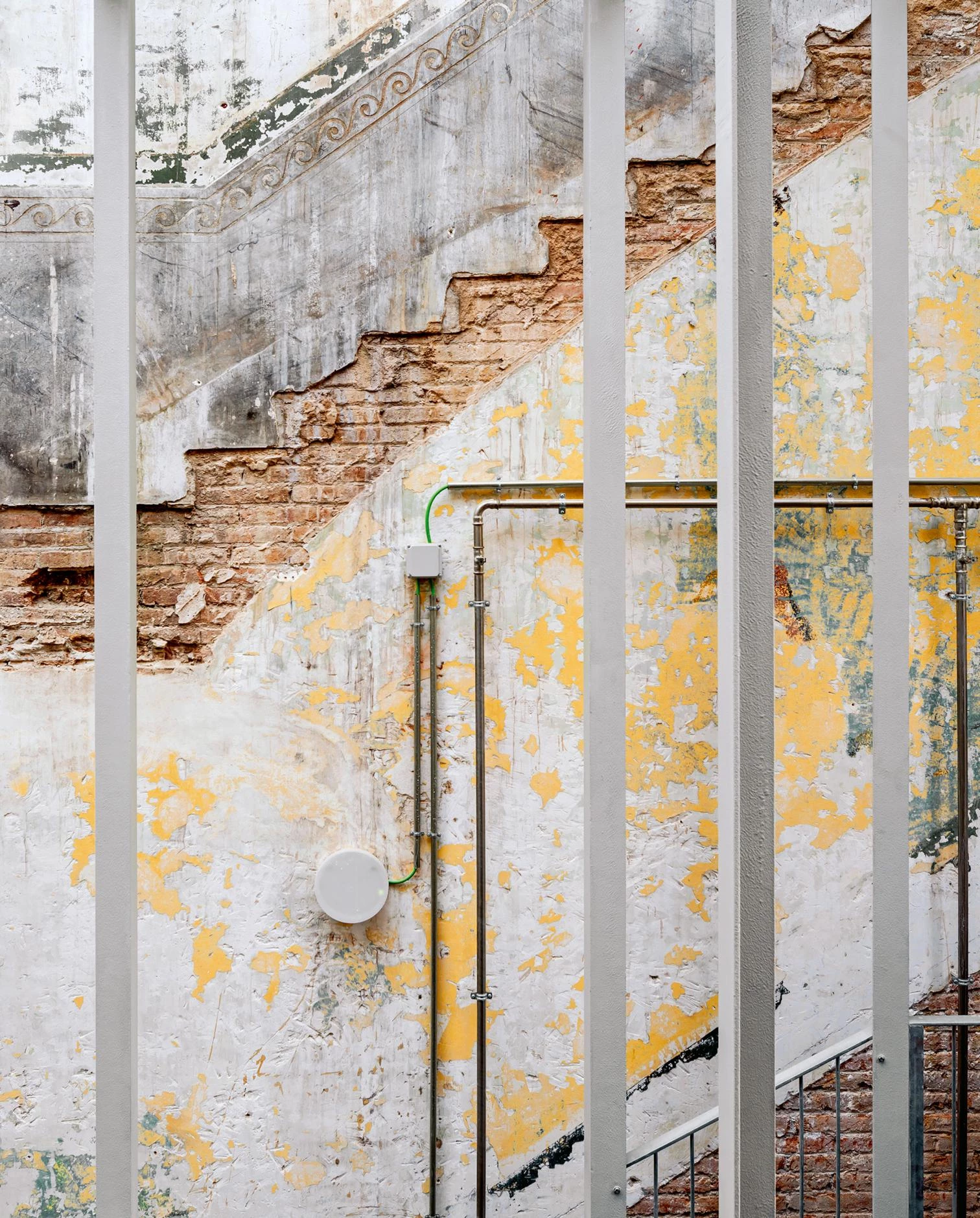
Perfection is route more than target. In the 16th century, the mystic St. Teresa of Ávila praised a life of poverty and humility in The Way of Perfection, and the same title served the writer Pío Baroja to express regenerationist concerns in the early 20th. The dilemma between road and destination is shown up in the answer of the poet Juan Ramón Jiménez to the disciples who considered him perfect: “I want to desire perfection, but I would not want to reach it.” Indeed, the creative impulse towards perfection does not exclude acceptance of imperfection, a feature after all of every human endeavor, where the elusive goal of exactitude is submitted to the economic law of diminishing returns. For architecture and art, imperfect beauty is not just the one encountered halfway along the road, but one chosen as aesthetic aim and ethical imperative, at a time devoured by the bulimia of consumerism and the discarding of anything that shows signs of physical wear or symbolic erosion.
When Andrés Calamaro, in the song La parte de adelante, tell his lover that he is “the architect of all your incorrect sides,” the musician associates our profession with the canonical correction of the classical world, but the most moving contemporary architecture is incorrect, and has replaced the timeless and frozen precision of modernity with a material sensibility that is not afraid to show the abrasions of climate or the scars of time. These works entangled with nature and history – from the patinas left by rain on walls by Herzog & de Meuron to the stratification of paint layers in renovations by David Chipperfield –, are today also the most stimulating in Spanish architecture, often faced with buildings damaged by neglect, changes of use, or the passage of time, and this attitude is illustrated here with the exemplary refurbishment carried out by Harquitectes of the headquarters of the La Lleialtat Santsenca workers’ cooperative in Barcelona’s Sants district.
These architectures are uniquely in tune with the Japanese wabi-sabi aesthetic, which celebrates the imperfect, mutable, and incomplete, reconciling with nature through simplicity and modesty. A quarter of a century ago, architect Leonard Koren – editor of a magazine on gourmet bathing, and who has only built a tea house – acquainted us with that spiritual and material culture with a book written ‘for artists, designers, poets, and philosophers,’ which looked for the origins of wabi-sabi in Taoism and Chinese Zen Buddhism, and which summed up its content with a motto: “nothing is permanent, nothing is finished, nothing is perfect.” It is not hard to find a link between this attitude and the also Japanese kintsugi technique, which repairs broken pottery marking the cracks with gold dust to exalt with its indelible scar the imperfection that places them in the temporal flow. Those imperfect beauties are also ours, fragile beings cast into the river of time.






